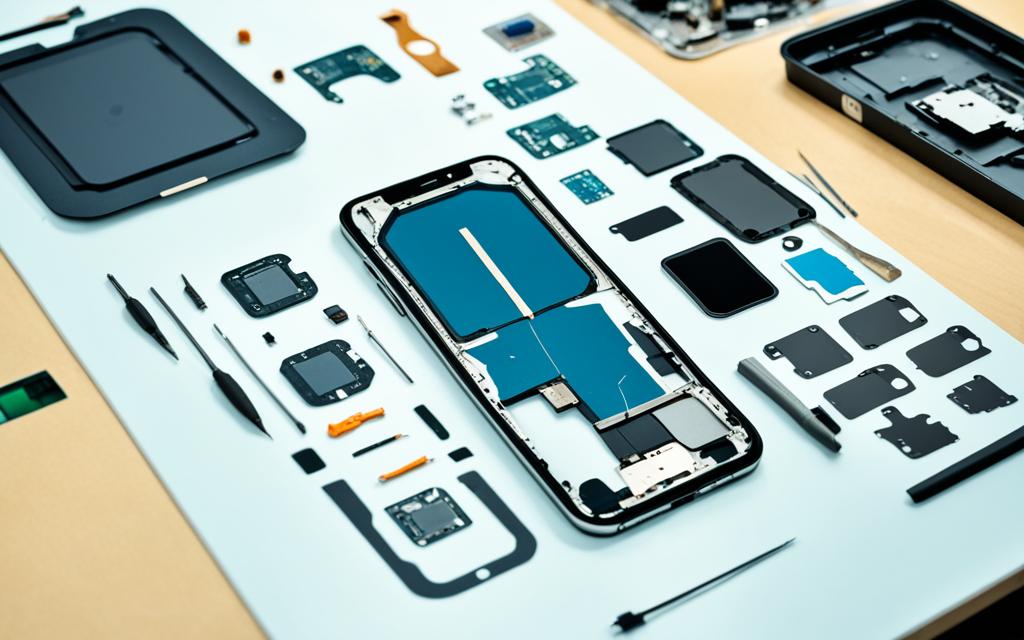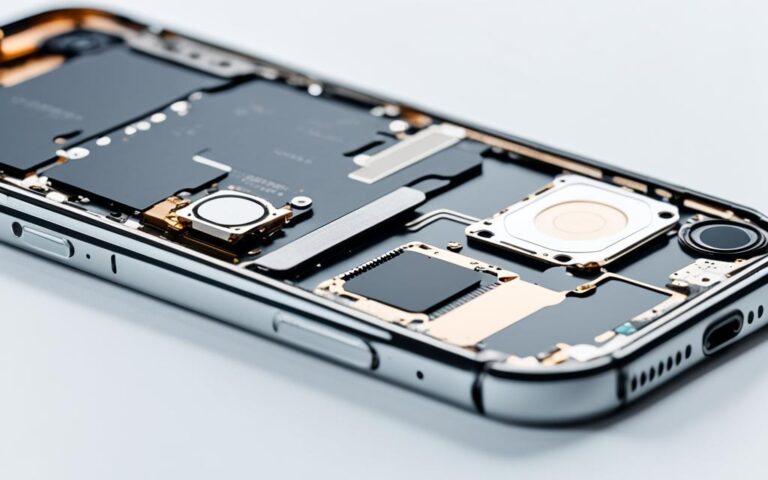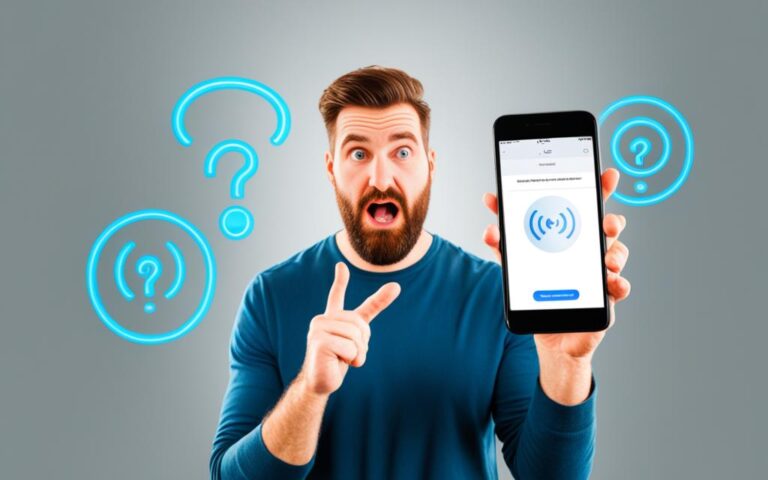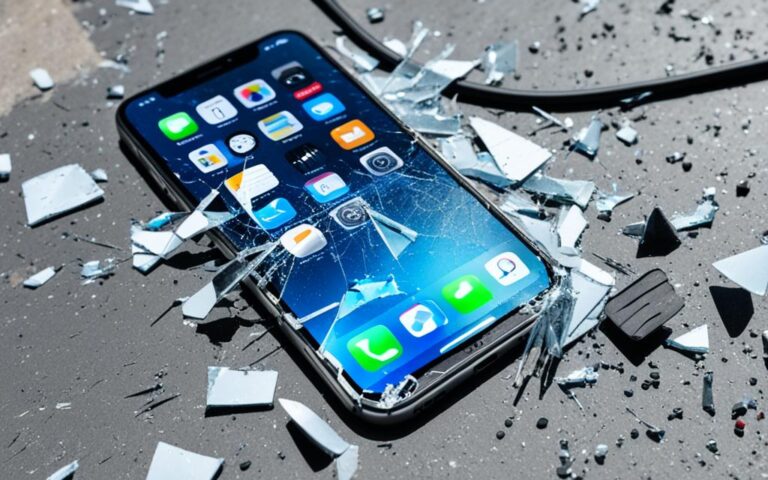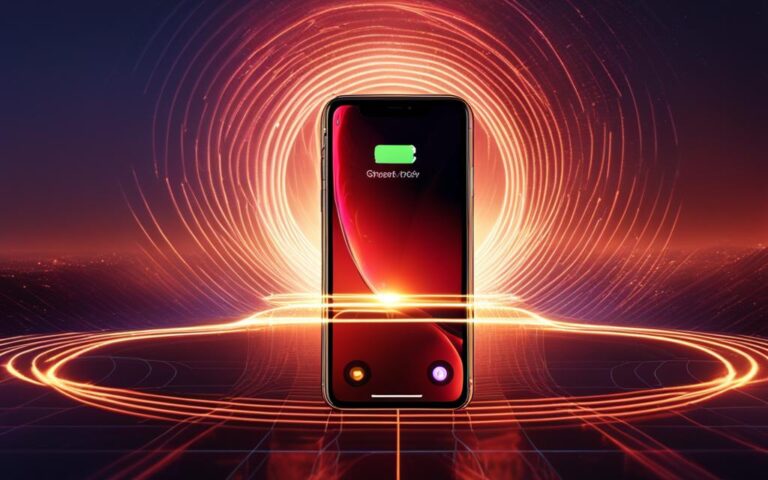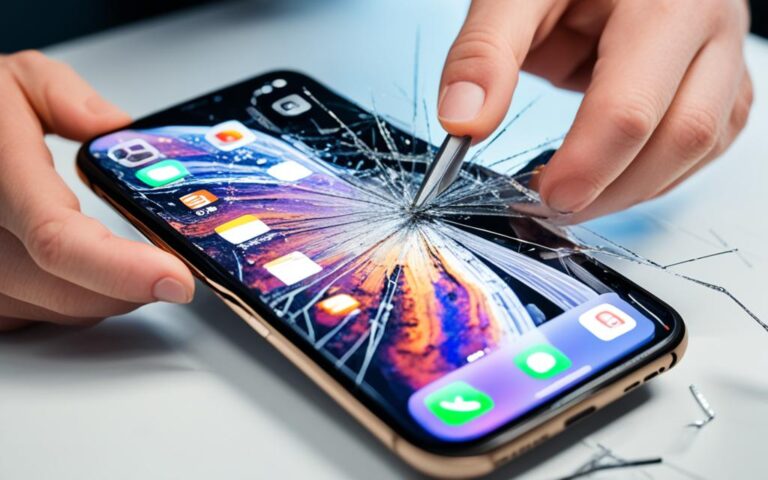Recovering from iPhone 11 Software Update Failures
If you’re facing issues with updating the software on your iPhone 11, you’re not alone. Software update failures can be frustrating, but don’t worry – we’re here to help. In this expert recovery guide, we’ll provide you with step-by-step solutions to resolve common software update issues and recover your iPhone 11’s functionality.
Updating the software on your iPhone is essential to ensure the smooth performance of your device and access to the latest features and security updates. However, sometimes things can go wrong during the update process, resulting in errors or unsuccessful installations. That’s where our comprehensive troubleshooting guide comes in handy.
Whether you’re experiencing error codes, USB connection issues, hardware problems, or facing challenges with jailbreaking or downgrading, we’ve got you covered. Our guide will walk you through each step, offering solutions tailored to your specific software update failure.
To get started, simply follow the sections below, which cover everything from ensuring your Mac or PC is ready for the update, troubleshooting common error numbers, resolving communication issues with Apple servers, fixing USB connection errors, addressing hardware issues, and dealing with jailbreaking or downgrading problems.
Recovering from a software update failure on your iPhone 11 doesn’t have to be a daunting task. With our expert guidance, you’ll be able to resolve these issues and restore your device’s functionality effortlessly. Let’s dive in and get your iPhone 11 back up and running smoothly.
Updating the Software on Your Mac or PC
Before attempting to recover from a software update failure on your iPhone 11, it’s important to ensure that the software on your Mac or PC is up to date. This step is crucial for a smooth recovery process and successful communication between your devices.
If you have a Mac with macOS Catalina 10.15 or later, make sure your Mac is up to date with the latest software version. Keeping your Mac updated ensures compatibility and stability during the recovery process. For Macs with macOS Mojave 10.14 or earlier, or if you’re using a PC, it’s essential to have the latest version of iTunes installed on your computer. iTunes serves as the bridge between your iPhone 11 and your computer, facilitating data transfer and software updates.
Updating your Mac or PC software can be done easily through the built-in software update feature.
Note: It is highly recommended to back up your important files before performing any software updates on your computer.
By ensuring that your Mac or PC is up to date, you minimize the risk of compatibility issues and maximize the chances of a successful recovery from a software update failure.
Updating macOS Catalina
If you have macOS Catalina or a later version installed on your Mac, follow these steps to check for software updates:
- Click on the Apple menu in the top-left corner of your screen.
- Select “System Preferences.”
- Click on the “Software Update” icon.
- If any updates are available, click on the “Update Now” button to install them.
Updating macOS Mojave or Earlier, and iTunes on PC
If you have macOS Mojave 10.14 or an earlier version, or you are using a PC, follow these steps to update iTunes:
- Open iTunes on your computer.
- Click on the “Help” menu.
- Choose “Check for Updates.”
- If an update is available, follow the on-screen instructions to download and install it.
After completing the software update on your Mac or PC, you will be ready to proceed with the recovery process for your iPhone 11.
| Operating System | Software Update |
|---|---|
| macOS Catalina 10.15 or later | Check for updates via System Preferences |
| macOS Mojave 10.14 or earlier | Update iTunes via the “Help” menu |
| PC | Update iTunes via the “Help” menu |
Troubleshooting Common Error Numbers
If you encounter an error message stating that an unknown error occurred along with an error number while updating the software on your iPhone 11, don’t worry. There are specific troubleshooting steps you can follow to resolve the issue and successfully recover from the software update failure.
Common Software Update Error Numbers
When it comes to software update errors on the iPhone 11, there are several common error numbers you might encounter, including 1, 2, 3, 4, 6, 9, and many more. These error numbers can be frustrating, but they also provide valuable clues on how to troubleshoot and fix the problem.
To resolve these software update errors, you can follow these troubleshooting steps:
- Restart your iPhone 11 and try the software update again. Sometimes, a simple restart can solve the problem.
- Ensure that you have a stable internet connection. A weak or unstable connection can cause errors during the update process.
- Check if your iPhone 11 has enough storage space. Insufficient storage can lead to update failure.
- Make sure that you have the latest version of iOS installed on your iPhone 11. Updating to the latest iOS version can help fix compatibility issues.
- If the error persists, you can try to update your iPhone 11 using iTunes on your Mac or PC. Connect your iPhone to your computer, open iTunes, and follow the on-screen instructions to perform the update.
By following these troubleshooting steps, you can effectively resolve the common software update errors on your iPhone 11 and successfully update the software without any further issues.
Remember, it’s always recommended to make sure your device is backed up before performing any software updates. This way, you can easily restore your iPhone 11 in case any unexpected issues arise.
Ensuring Communication with Apple Servers
If your computer is unable to connect to Apple servers or your iPhone 11, you may encounter errors like 17, 1638, 3014, or 3194. To resolve these issues, follow the steps below:
Check Computer’s Communication with Apple Software-Update Servers
Ensure that your computer has a stable internet connection and can connect to Apple’s software-update servers. If there is a communication error, try the following:
- Restart your computer and router to refresh the network connection.
- Disable any VPN or proxy connections that may interfere with the communication.
- Temporarily disable your firewall or antivirus software to see if they are blocking the connection.
Resolve Conflicts with Third-Party Security Software
Sometimes, third-party security software can interfere with the communication between your computer and Apple servers. Try the following:
- Add exceptions to your security software for Apple-related services.
- Temporarily disable your security software and attempt the update or restore process.
- Consult the documentation or support resources for your security software for further assistance.
Unlock Your Passcode-Locked Device
If your iPhone 11 is passcode locked, you need to unlock it before attempting the update or restore. Follow these steps:
- Connect your iPhone 11 to your computer using the original USB cable.
- Enter your passcode on the device to unlock it.
- If you have forgotten your passcode, you may need to use recovery mode to restore your device. Refer to Apple’s support documentation for instructions.
By ensuring proper communication with Apple servers, resolving conflicts with third-party security software, and unlocking your passcode-locked device, you can overcome communication errors and proceed with the software update or restore process on your iPhone 11.
Troubleshooting USB Connection Errors
USB connection errors can be a frustrating obstacle when updating the software on your iPhone 11. Errors such as 4005, 4013, 4014, or those indicating an invalid response can disrupt the update process and prevent your device from functioning properly. To overcome these issues and successfully update your iPhone 11, consider the following troubleshooting steps:
- Use the Original USB Cable: Ensure you are using the original USB cable that came with your iPhone 11. Using a different cable or a non-Apple-certified cable can lead to compatibility issues and USB connection errors.
- Switch USB Ports: If the error persists, try connecting your iPhone 11 to a different USB port on your computer. Sometimes, a faulty USB port can interfere with the connection and trigger errors.
- Try a Different Computer: If switching USB ports doesn’t resolve the issue, attempt the update or restore process on a different computer. This can help identify if the problem lies with the computer rather than the iPhone 11 itself.
- Check for USB Issues: Inspect the USB port on your iPhone 11 for any debris or damage. Clean the port gently with compressed air or a soft brush to ensure a secure and proper connection.
- Avoid Third-Party Security Software: Some third-party security software, such as antivirus programs or firewalls, can interfere with USB communication between your iPhone 11 and your computer. Temporarily disable or uninstall these programs and attempt the software update again.
- Ensure Hardware Reliability: Faulty hardware, such as a damaged USB cable or a malfunctioning USB port on your computer, can also contribute to USB connection errors. Test your USB cable with other devices and try using a known working cable. Additionally, try connecting your iPhone 11 to a different computer to rule out any hardware issues.
By following these troubleshooting steps, you can effectively address USB connection errors when updating the software on your iPhone 11. Remember to use the original USB cable, switch USB ports, try a different computer, check for USB issues, avoid third-party security software conflicts, and ensure the reliability of your hardware.
Resolving Hardware Issues
If you are encountering hardware issues with your iPhone 11, it could lead to various error codes like 53, 1, 3, and 11. Resolving these issues requires a systematic approach and thorough troubleshooting.
Restart iTunes
If you encounter any of these hardware-related errors, begin by restarting iTunes on your computer. This simple step can often resolve minor glitches and establish a fresh connection with your iPhone 11.
Check for Third-Party Software Conflicts
In some cases, conflicts between third-party security software and the iOS update process can trigger hardware-related errors. Disable or temporarily uninstall any third-party security software on your computer and attempt the update or restore process again.
Ensure Reliability of USB Cable, Computer, and Network
Unstable hardware components such as a faulty USB cable, computer issues, or network connectivity problems can contribute to hardware-related errors. Ensure that you are using a reliable USB cable, connect to a different USB port on your computer, and verify the stability of your network connection before attempting the update or restore.
Attempt the Restore Process Multiple Times
Sometimes, hardware-related errors can be intermittent or occur due to a temporary glitch. To rule out any transient issues, attempt the restore process multiple times. If the errors persist despite multiple attempts, it is advisable to contact Apple Support for further assistance.
| Error Code | Probable Cause | Troubleshooting Steps |
|---|---|---|
| 53 | Hardware malfunction or unauthorized modifications | Contact Apple Support for further assistance |
| 1 | Hardware communication issue | Restart iTunes, check for software conflicts, ensure reliability of USB cable, computer, and network |
| 3 | Hardware communication issue | Restart iTunes, check for software conflicts, ensure reliability of USB cable, computer, and network |
| 11 | Hardware communication issue | Restart iTunes, check for software conflicts, ensure reliability of USB cable, computer, and network |
Resolving hardware issues is critical to ensuring a successful update or restore on your iPhone 11. By following the troubleshooting steps provided and seeking assistance when needed, you can overcome these errors and restore your device’s functionality.
Troubleshooting Jailbreaking or Downgrading Issues
If you’re encountering errors like 1015 or “the required resource can’t be found” while attempting to install an earlier version of iOS or when your iPhone 11 has unauthorized software modifications (jailbreaking), there are steps you can take to troubleshoot and resolve these issues.
To restore your iPhone 11 to the latest software version and address jailbreaking or downgrading concerns, you may need to utilize recovery mode or enter recovery mode on your device. This will allow you to bypass unauthorized modifications and restore your device to its original state. Keep in mind that restoring to the latest software version will remove jailbreak and any unauthorized software modifications.
If you continue to experience errors or encounter any difficulties during the process, it’s recommended to seek guidance from Apple Support. Their experts can provide you with further assistance and ensure a smooth restoration process.
| Steps to Troubleshoot Jailbreaking or Downgrading Issues |
|---|
|
By following the troubleshooting steps outlined above, you can address jailbreaking or unauthorized software modifications on your iPhone 11 and restore it to the latest software version. Remember to exercise caution when modifying your device’s software and ensure that all modifications comply with Apple’s guidelines and terms of use.
Conclusion
Recovering from software update failures on your iPhone 11 can be a frustrating experience. However, with the help of this comprehensive troubleshooting guide, you can easily resolve these issues and get your device back to its optimal functionality.
Throughout this guide, we have provided solutions for various error codes, communication issues, USB connection errors, hardware problems, and jailbreaking or downgrading concerns. By following the step-by-step troubleshooting instructions, you can resolve software update failures and restore your iPhone 11 with ease.
Remember, it is crucial to ensure that your Mac or PC is up to date before attempting any recovery. Troubleshoot common error numbers, check communication with Apple servers, resolve USB connection errors, and address any hardware issues that may be causing the update failures. Finally, avoid unauthorized software modifications and restore your iPhone 11 to the latest software version to eliminate any remaining issues.
With these expert suggestions, you are now equipped to overcome any software update challenges on your iPhone 11. Say goodbye to frustrations and confidently resolve software update failures using this comprehensive troubleshooting guide.
